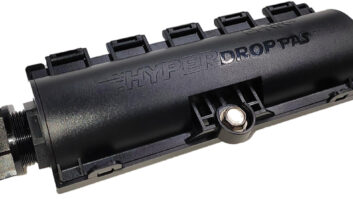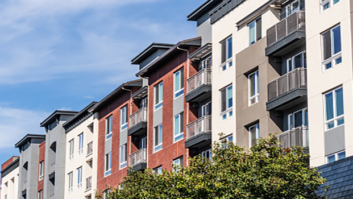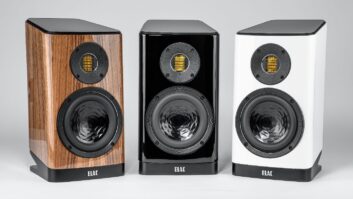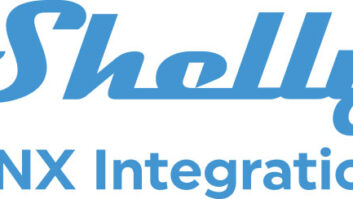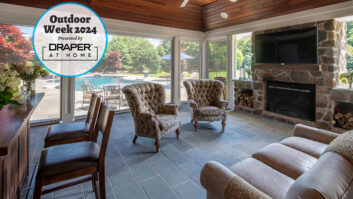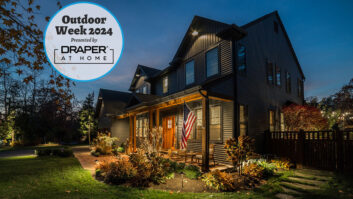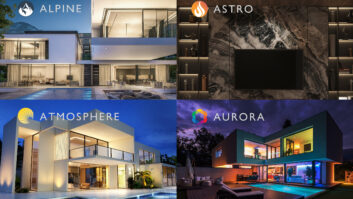We are at a time when both the number of different types of signals that we have to distribute throughout a house and the methods of distributing these signal types have expanded dramatically.
Ten years ago, things were pretty simple. There were two types of coax for video and RF, shielded cable for audio, speaker wire, phone cable and perhaps a control cable or two if lighting or other control systems were installed.
Infrared would share either the RF coax or we would run a separate twisted pair or audio cable. These days our industry has a magnitude more signal and cable types with which to contend.
On a typical project, my company provides a wiring infrastructure for both analog and digital video, analog and digital audio, RF for a combination of CATV, satellite system(s) and off-air antennae, multiple control networks for home control, lighting and other subsystems, as well as wiring for speakers, computers and telephones. Wiring we pull often includes:
Analog VideoWe pull from one to five 75-ohm coax channels for each video signal including composite, Y/C, Component (YPbPr) and RGBHV. It is not unusual for up to 10 coax channels to be run to a single video projector or plasma monitor to allow the full range of sources to be displayed in the best quality possible.
Analog Line Level AudioFor analog audio we pull a dual shielded pair cable for each stereo signal for either unbalanced or balanced signals. We mostly go unbalanced for wiring within a rack or cabinet, or between components in the same room, and balanced for runs between rooms or for situations where source machines or amplifiers are located any distance from the A/V switcher, surround sound processor or A/V receiver.
Digital VideoFor projectors and plasma monitors we include specialized cables to support DVI digital video. For runs over 20 feet we use fiber optic cables combined with DVI transceivers at each end. We will be switching to HDMI cables, once this new standard becomes prevalent. There are some products that utilized IEEE-1394 (FireWire or i-Link), which includes digital audio, but we dont generally prewire for this format as DVI is more commonly available.
Digital AudioThere are two primary consumer digital audio formats, SP/DIF (coax) and Optical Toslink (fiber optic cable). The fiber cables are extremely limited in length, but there are ways to extend the coax signals if required.
RF DistributionIt used to be that all that was required was a single RG6 cable to each location with a TV, but now we find that a minimum of two, and even four cables are a good idea if we want to prepare for dual-tuner TiVo units and the possibility that some combination of DSS, Voom, off-air terrestrial and cable will be required. Diplexing signals can help reduce the number of cables required, but two is really the minimum. Also, many of our clients like to be able to view multiple security cameras and share satellite receivers, etc.
Control NetworksUnfortunately there is not standard for communication network wiring among the many control systems and subsystems commonly installed in homes, so each system requires whatever wiring the manufacturer specifies. Also, we still need to run various cables to interface individual devices and systems via serial (EIA-232, 422 or 485), infrared or relay (parallel).
Speaker WiringThis is one area that really hasnt changed in recent years. We do use 70-volt distribution for exterior speakers in some of the larger homes we have done. This allows us to use smaller gauge wiring and/or support much longer lengths without the normal losses encountered with low impedance runs.
Telecom & DataWe run Cat-5e or Cat-6 cable for all phone and data applications that are within the lengths supported. For runs between buildings we use fiber.
We are excited about the trend of using Cat-5 cable to distribute baseband audio and video signals. This method is a dramatic improvement and cost savings method compared to pulling multiple expensive disparate cables.
